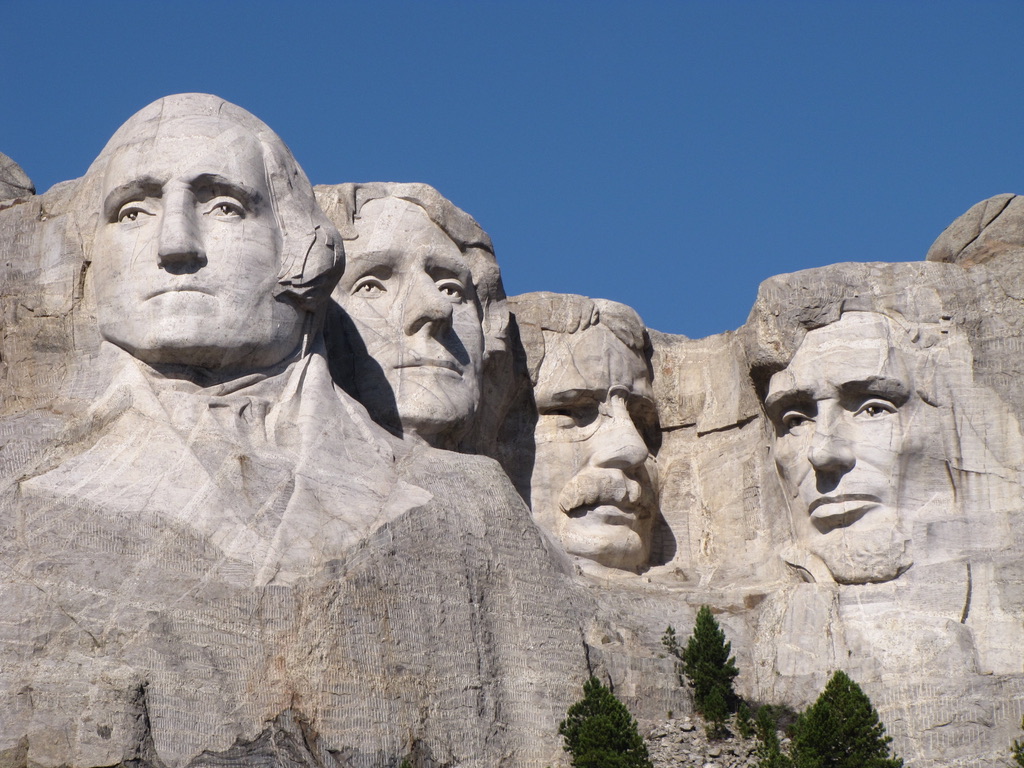
A Morning Visit to Mount Rushmore
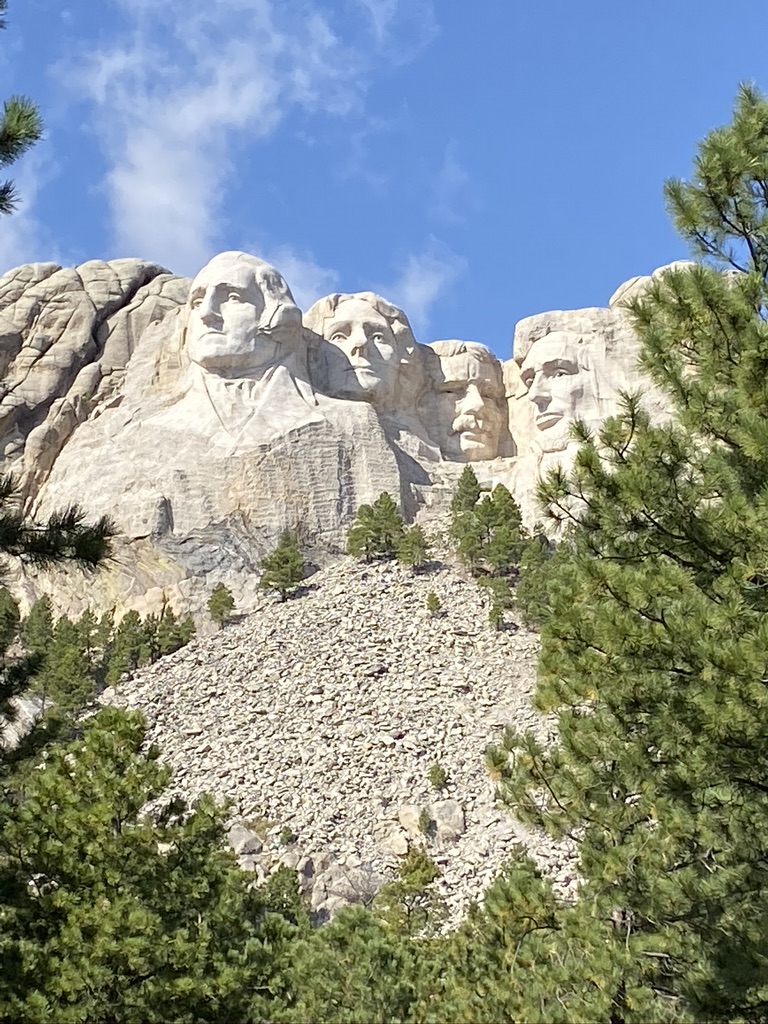
Ever since my kids watched National Treasure 2: Book of Secrets, they have been begging to go to Mount Rushmore. I had never been to Mount Rushmore either, so I was excited to go, too.
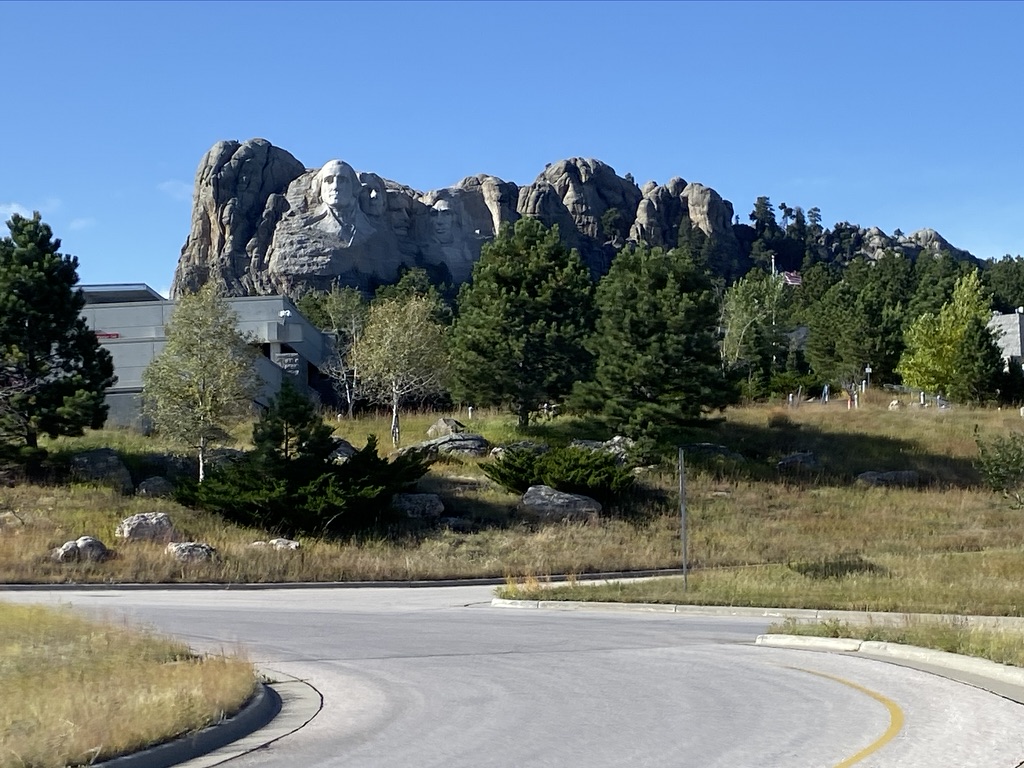
We went in October during a week-long visit to Colorado, Wyoming, South Dakota and Nebraska, as a part of our “50 States Before Graduation” Challenge. Our morning started out pretty chilly, but the weather was perfect and we had clear skies so we had some amazing views.
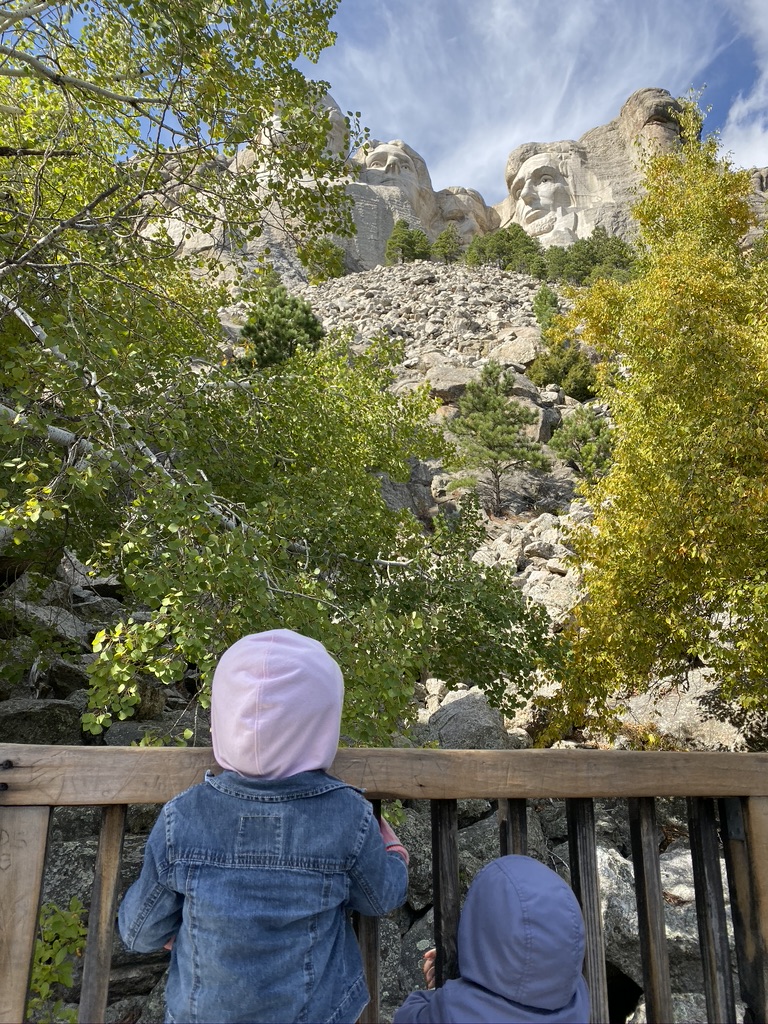
In 1923 Doane Robinson comes up with the idea of carving heroes of the Old West into the granite of the Black Hills in South Dakota. The area is called the Black Hills because there are Ponderosa pine trees that appear dense when viewed from afar which creates an illusion of darkness.
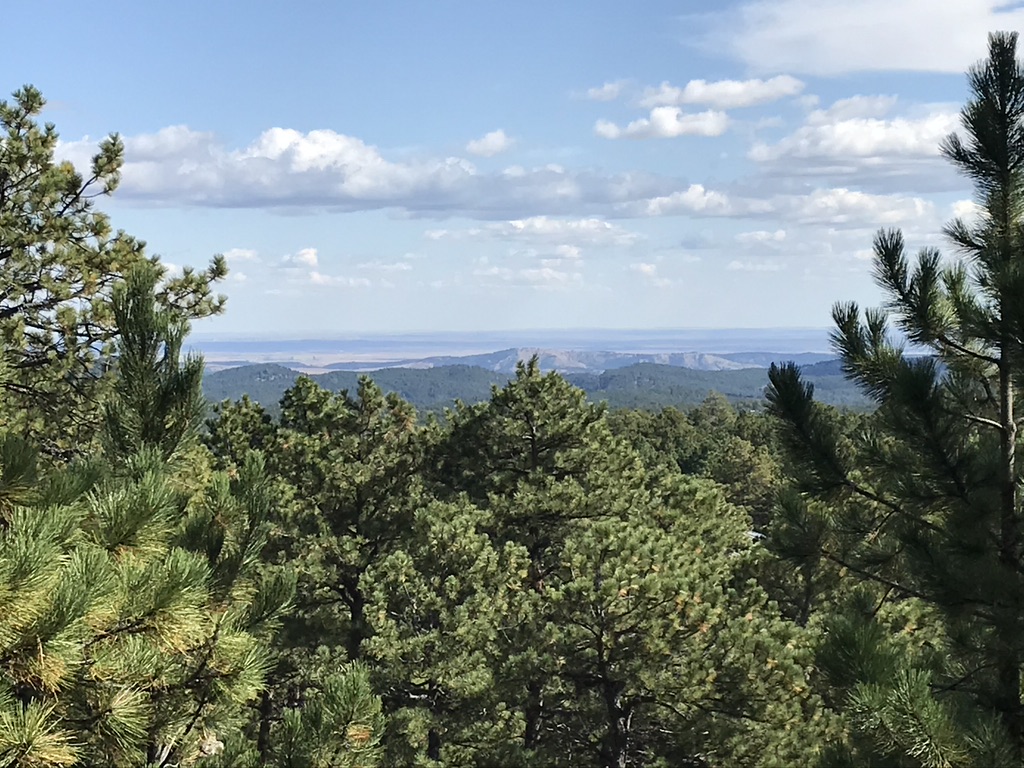
Two years later, in 1925, the carving of a memorial is approved and Gutzon Borglum leaves his work at Stone Mountain in Georgia and goes to South Dakota to start working on Mount Rushmore. One major change that Borglum makes is to suggest carving Presidents instead of Old West heroes.
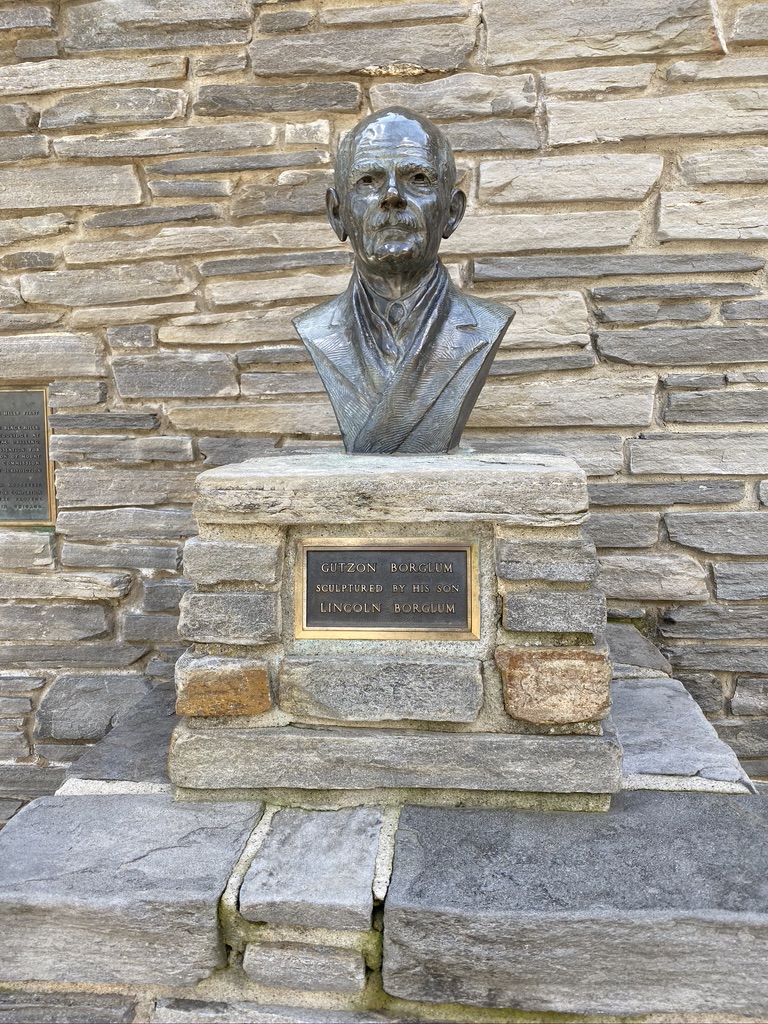
First, Gutzon Borglum sculpted a model where 1 inch on his model was equal to 1 foot on the mountain. On the mountain, noses are about 20 feet long, eyes about 11 feet wide, and mouths about 18 feet wide. Drilling finally started in 1927 and approximately 400 workers used dynamite and jackhammers started a process of removing over 450,000 tons of rock.
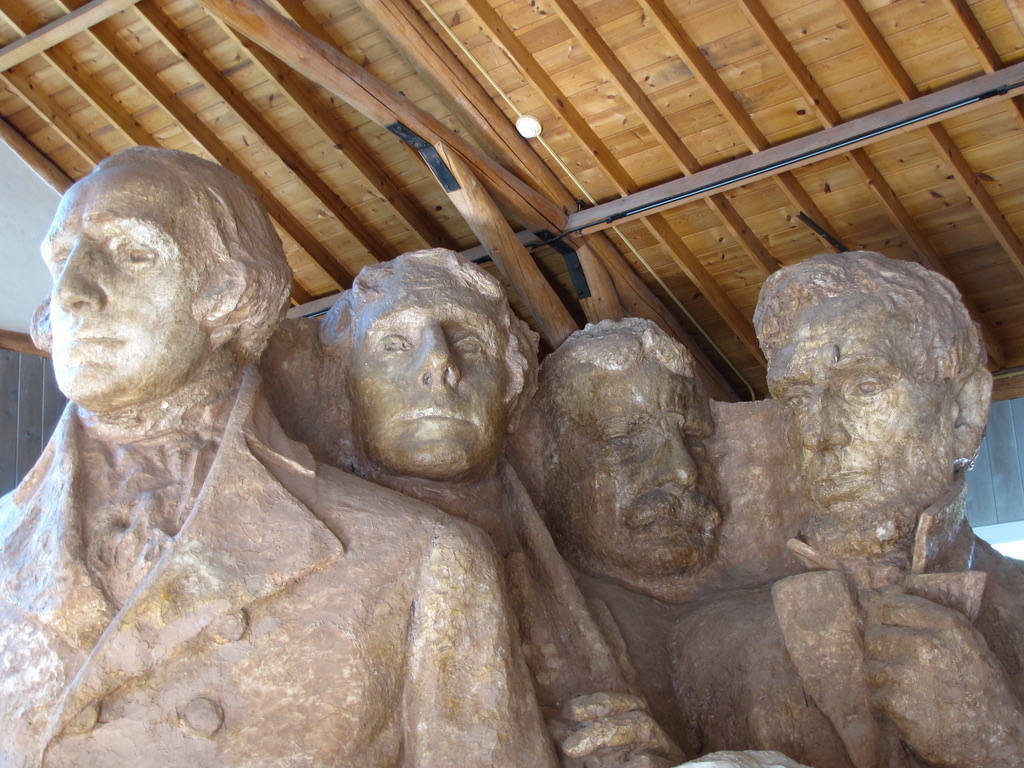
Workers used approximately 400 drills a day as well as a tramway system to transport equipment up and down. In later years the tramway was upgraded to be able to transport passengers as well. White flags were used at the top and bottom of the tramway for communication.

Workers hung in swings called Bosun chairs and used jackhammers to drill holes using a process called honeycombing. Hammers and chisels removed the stone between the holes. One of the final steps was “bumping” which involved using a special drill bit to create a smoother surface.
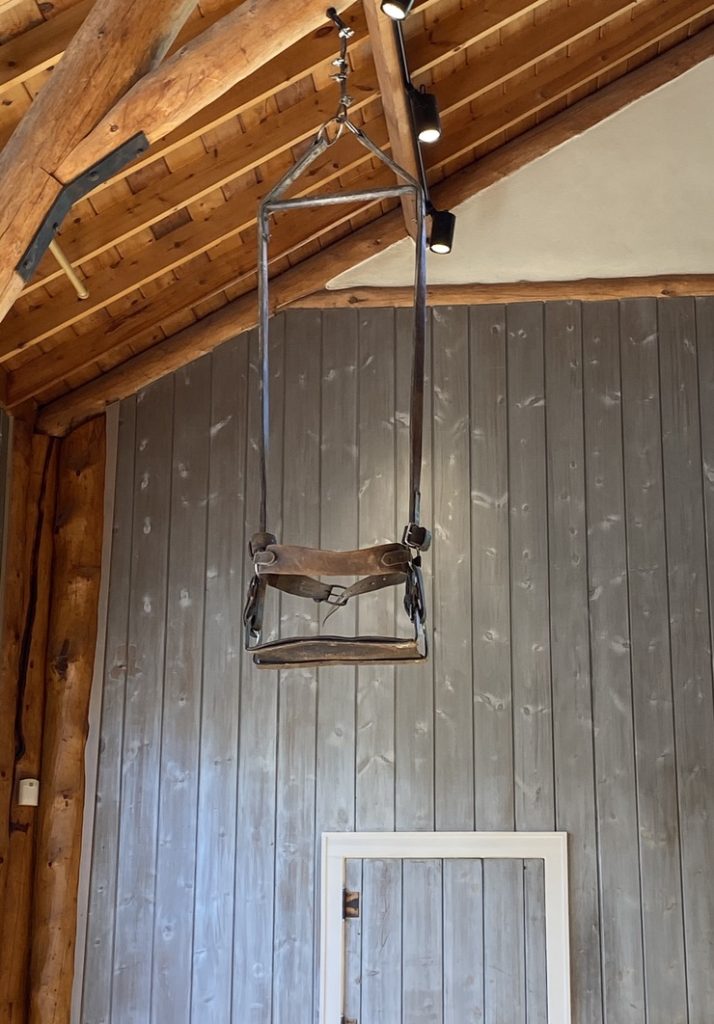
Here’s a funny story that we learned while we were there. Air compressors provided power for the jackhammers and Keystone Consolidated Mines provided the electricity to power them. Every Monday morning there was a major power loss at Mount Rushmore. It was then discovered that almost every woman did her laundry on Monday, and it was interfering with the power. So they switched to a gas-powered compressor after that.
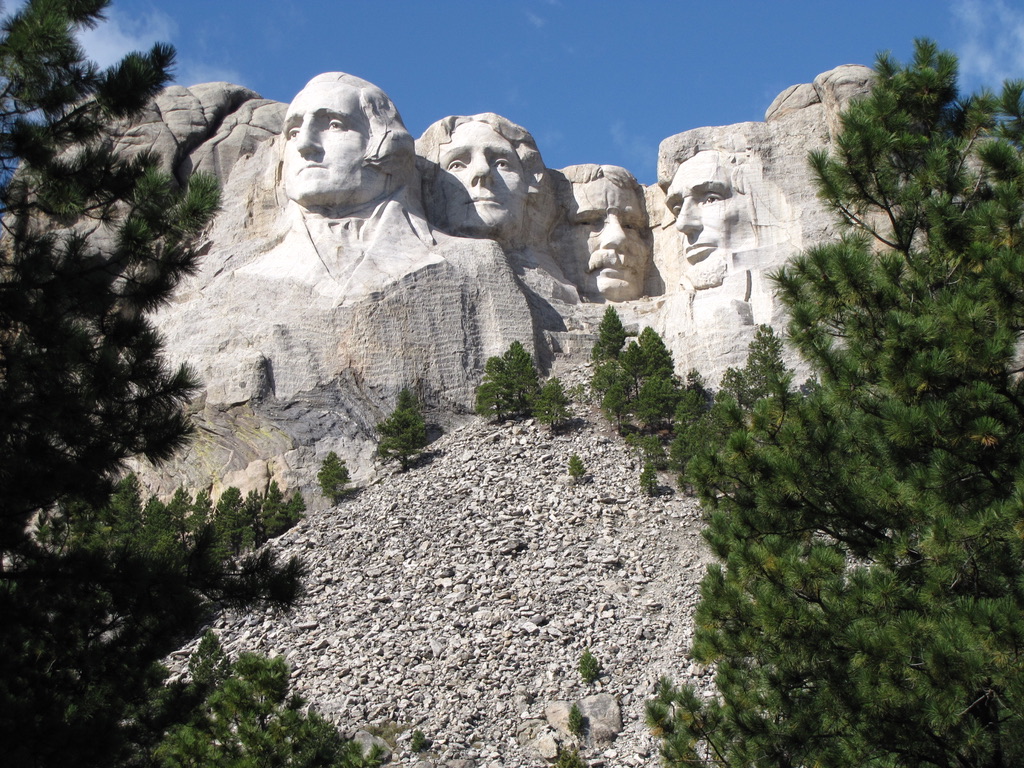
Jefferson originally started out on the other side of Washington, but after 18 months of carving they discovered flaws in the granite and blasted off what they had started of Jefferson’s carving and moved him to the left of Washington instead.
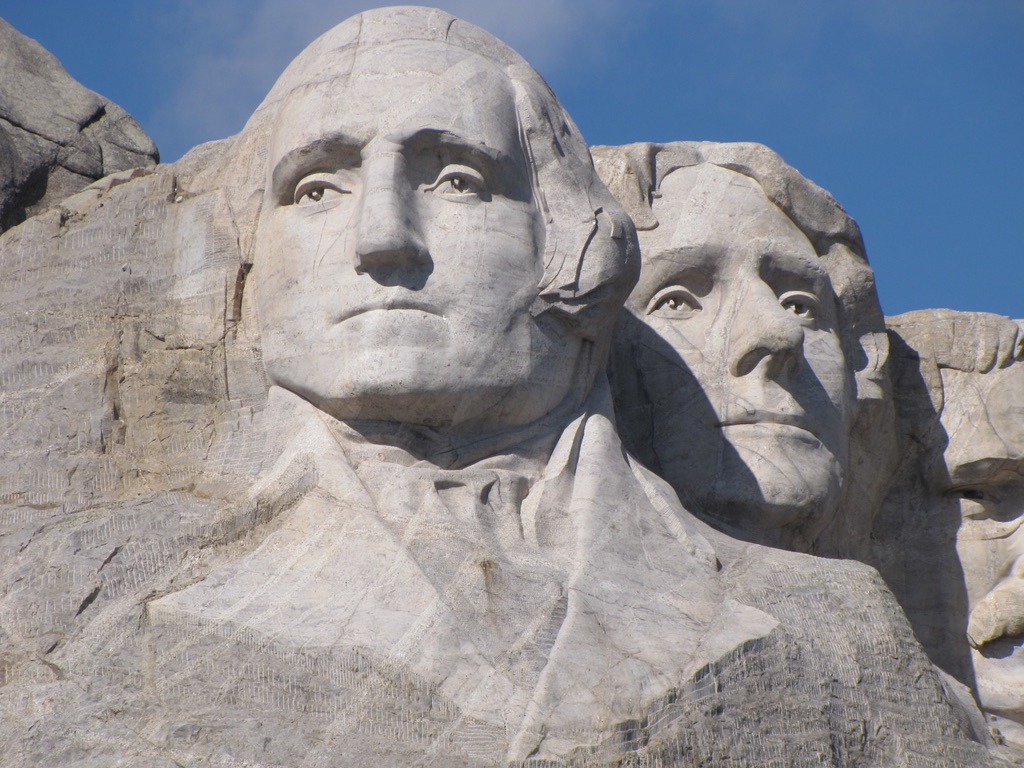
When we first arrived we stopped in at the Information Center to pick up a map. We decided to go ahead and pay for an audio tour wand at the Information Center as well. I’m glad that we decided to do that because it was very informative and gave us a lot of extra information that we wouldn’t have otherwise had. There were 29 different audio stops on the tour. I listened to it on the walk up and then gave it to Rob so he could listen to it on the way down.
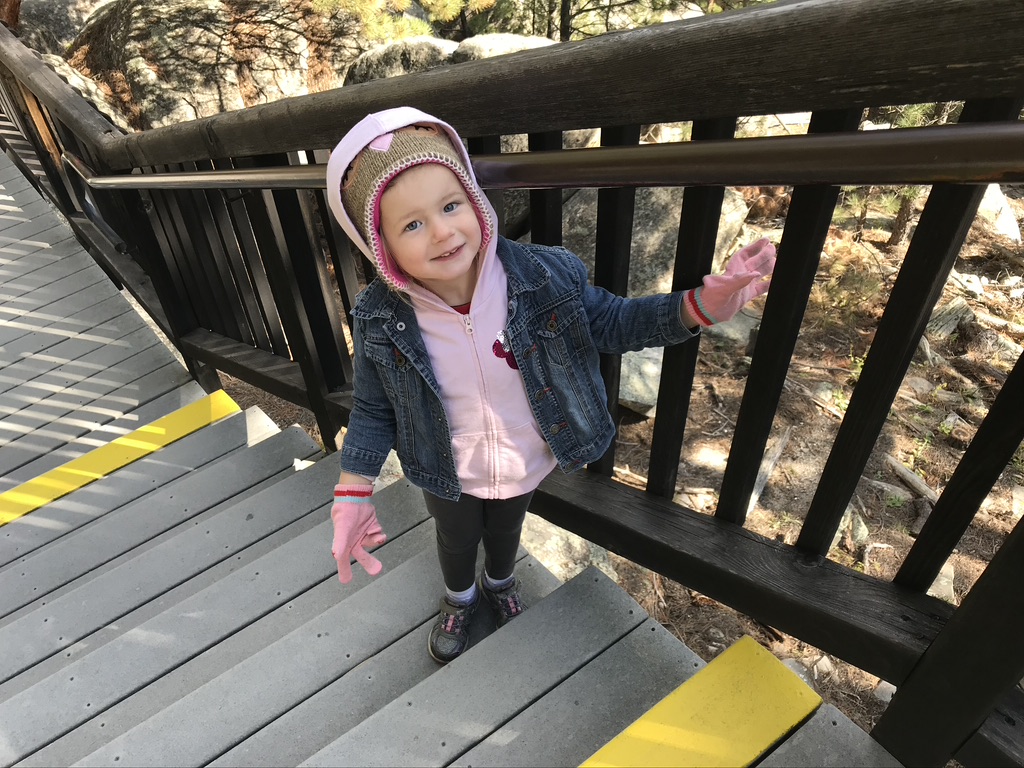
When we were there, part of the Presidential Trail was closed because of construction. The sculptor’s studio and half of the Presidential Trail were open, so we decided to check them out.

We stopped in at the Sculptor’s Studio to listen to the ranger talk and I highly recommend taking the time to stop and listen. It was very visual and informative. The kids got into it as well. The ranger demonstrated some of the tools that were used and showed us a Bosun chair. He also showed us several pictures of Mount Rushmore throughout the process.
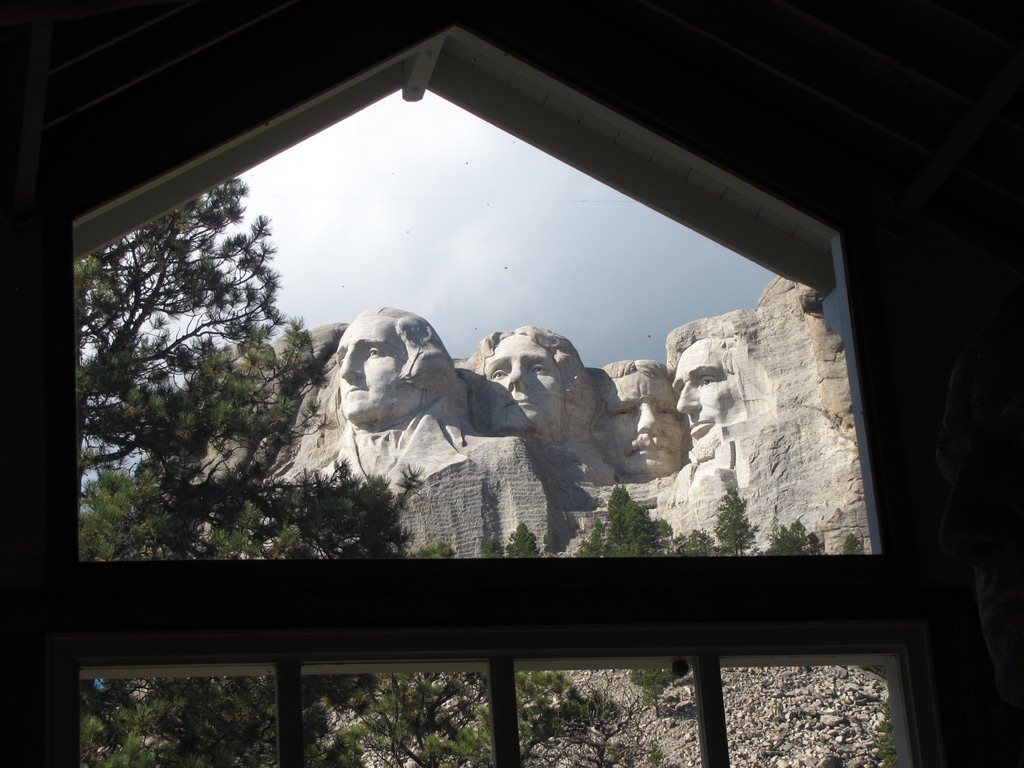
The Presidential Trail has 422 stairs, and is quite the climb! However, there are several areas to stop and take pictures (and catch your breath!) along the way. We found a few fun and unique photo spots too.
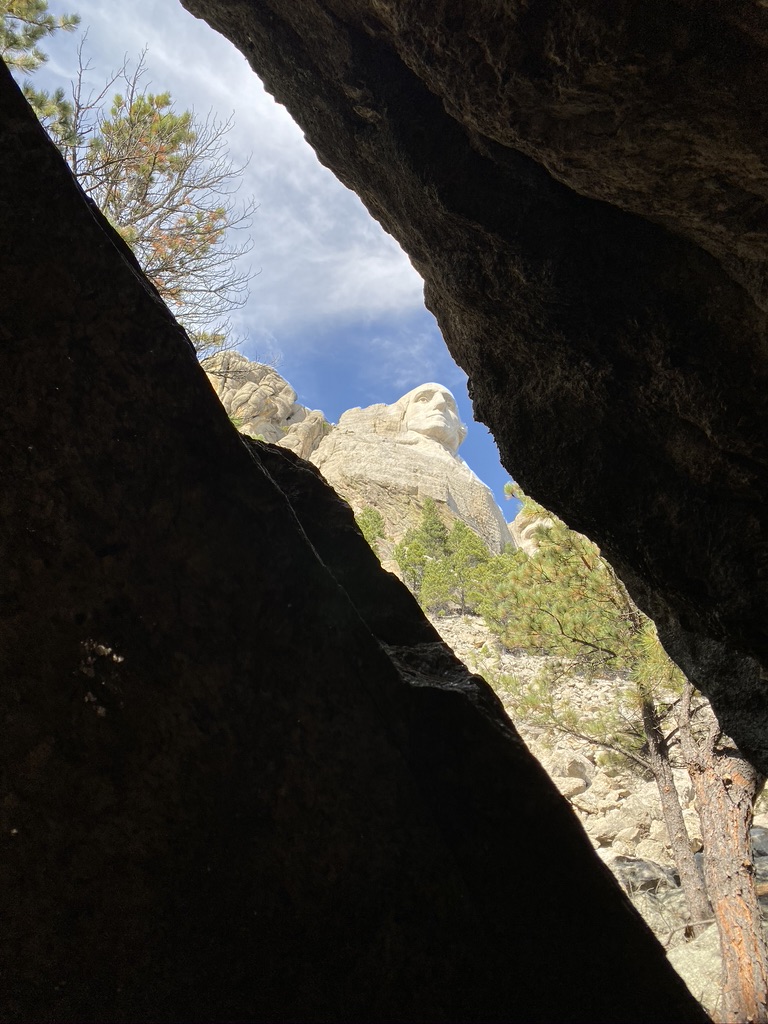
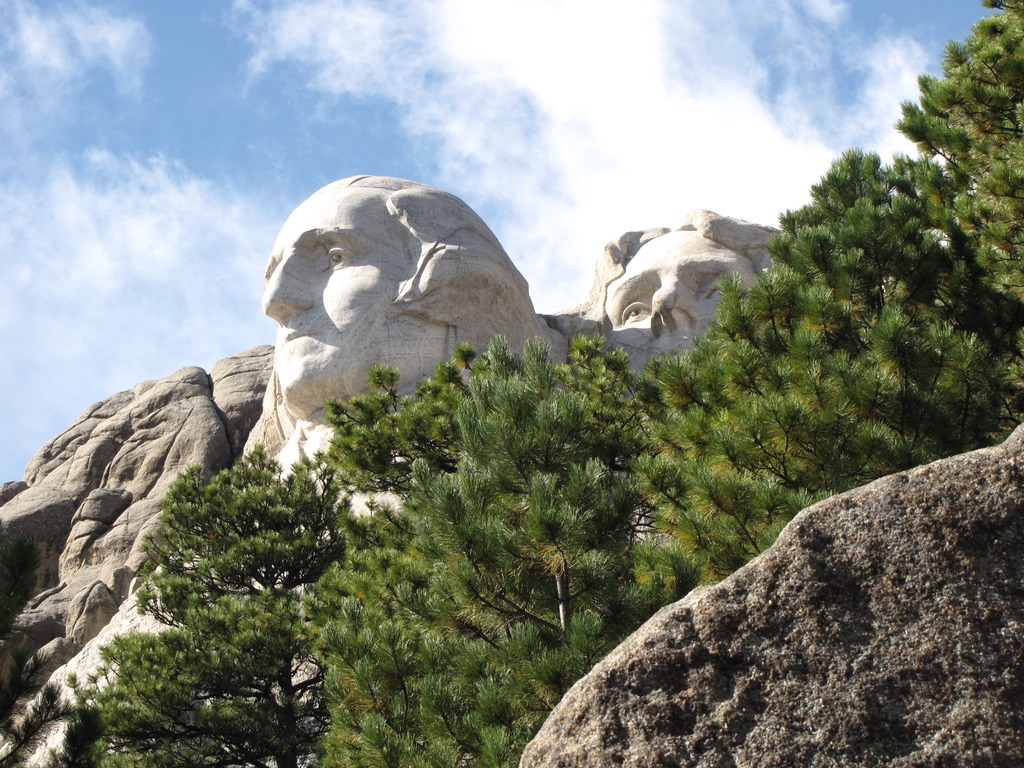
On your way out you can stop at the Memorial Ice Cream shop for some ice cream. Thomas Jefferson was not only the author of the Declaration of Independence, but he was also the “author” of the first ice cream recipe in America.
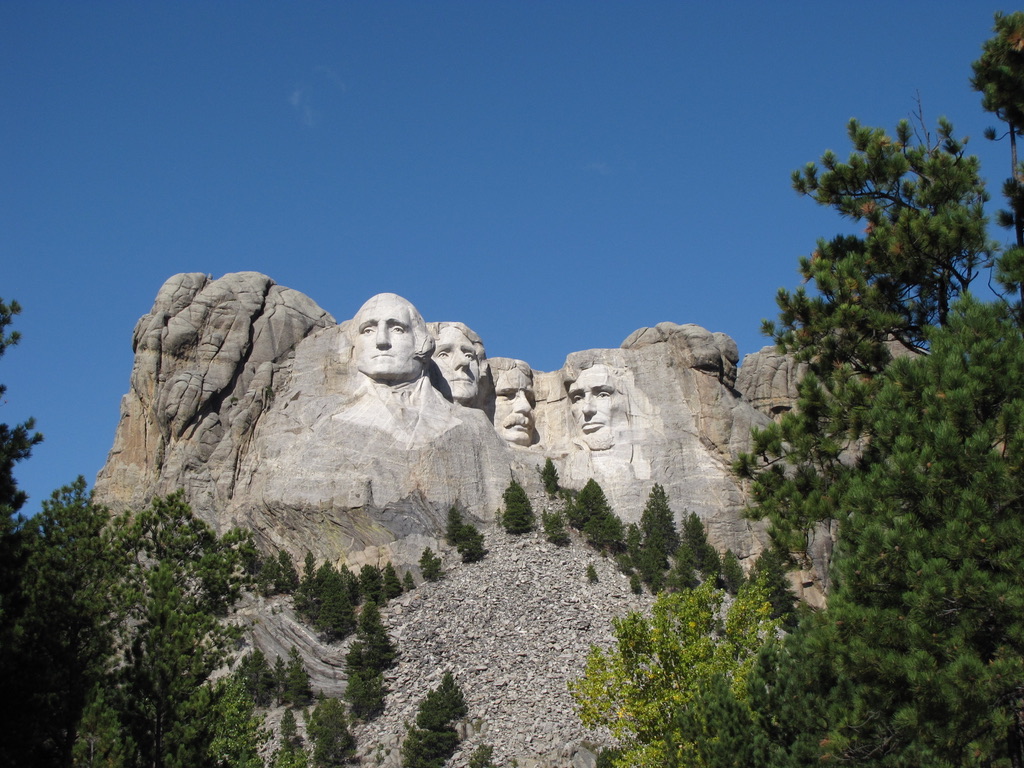
For another look at our visit to Mount Rushmore check out our YouTube video below. You can also read about Day 1 of our trip and our visit to Red Rocks Park and Amphitheater and Casa Bonita, and Day 2 of our trip to Colorado Springs and our stops at the Garden of the Gods, the Manitou Cliff Dwellings Museum, the Manitou Springs Penny Arcade, the Colorado Springs Pioneers Museum, and Magic Town. You can also go back and read about Day 3 at the Western Museum of Mining and Industry, the Money Museum, the Colorado State Capitol, and the Molly Brown House Museum. Day 4 started with a stop at the Southeast Wyoming Welcome Center and a drive down Happy Jack Road to Curt Gowdy State Park before stopping at the Wyoming State Museum. This trip is the first trip of our “50 States Before Graduation Challenge” series.

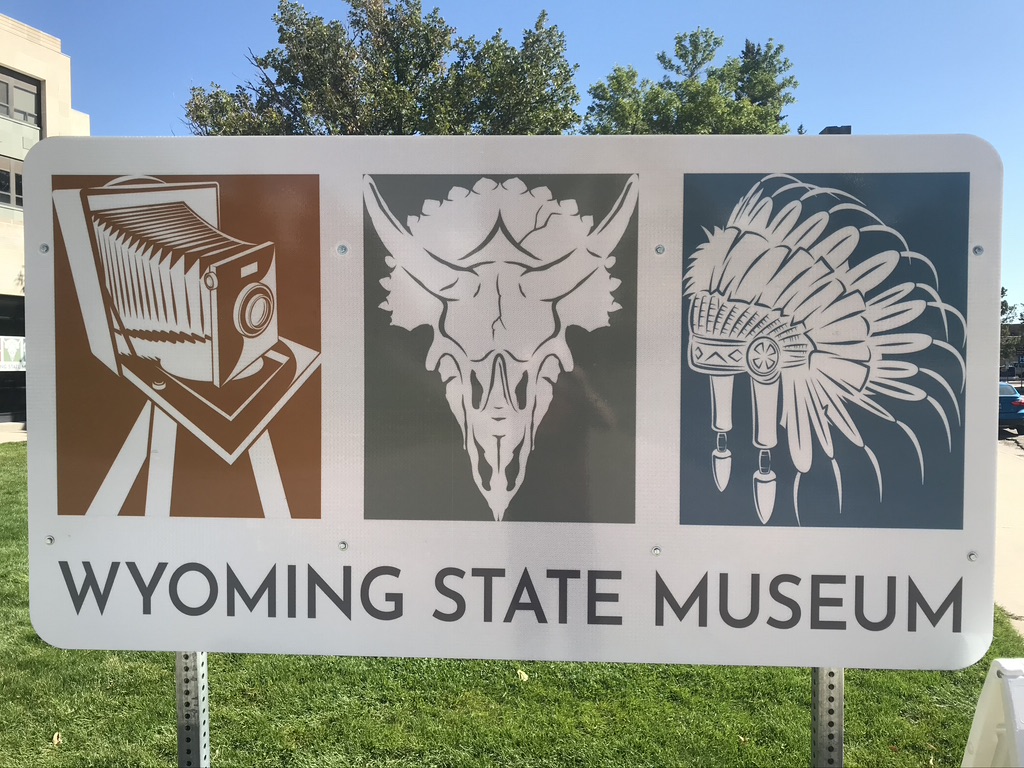
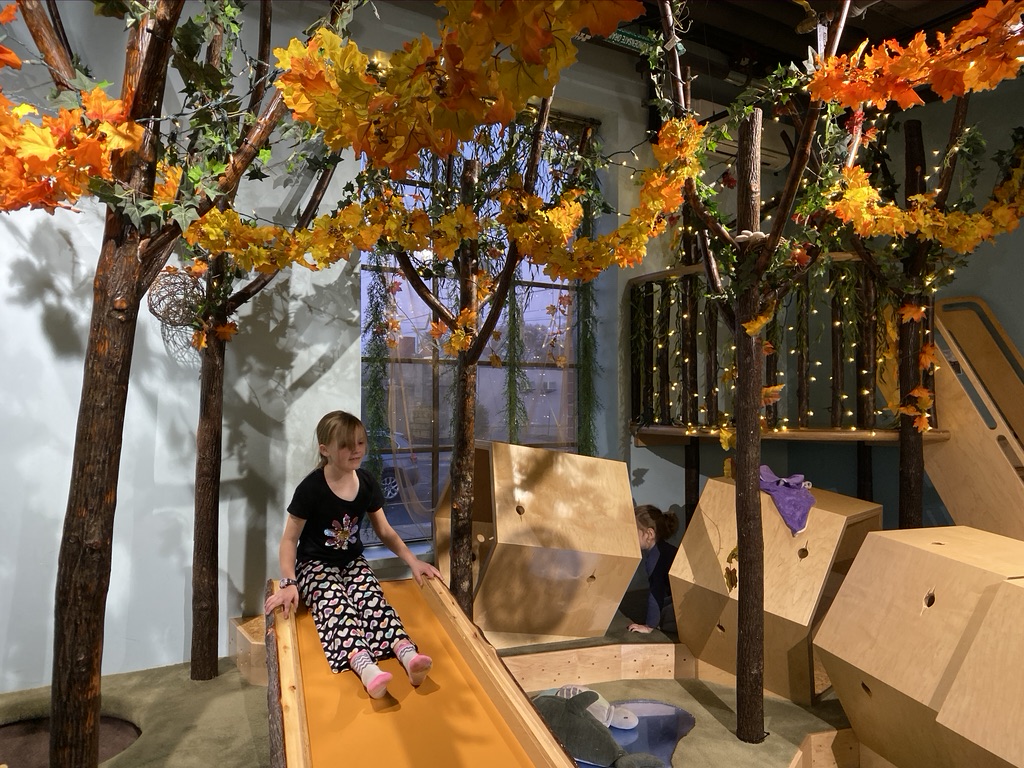
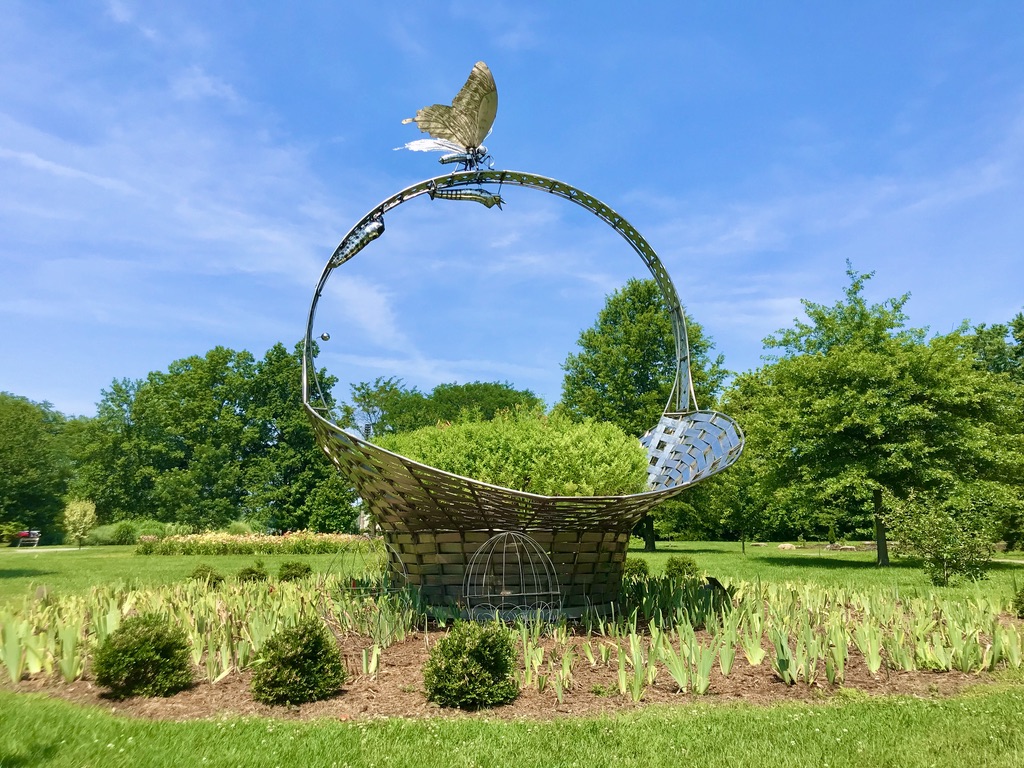
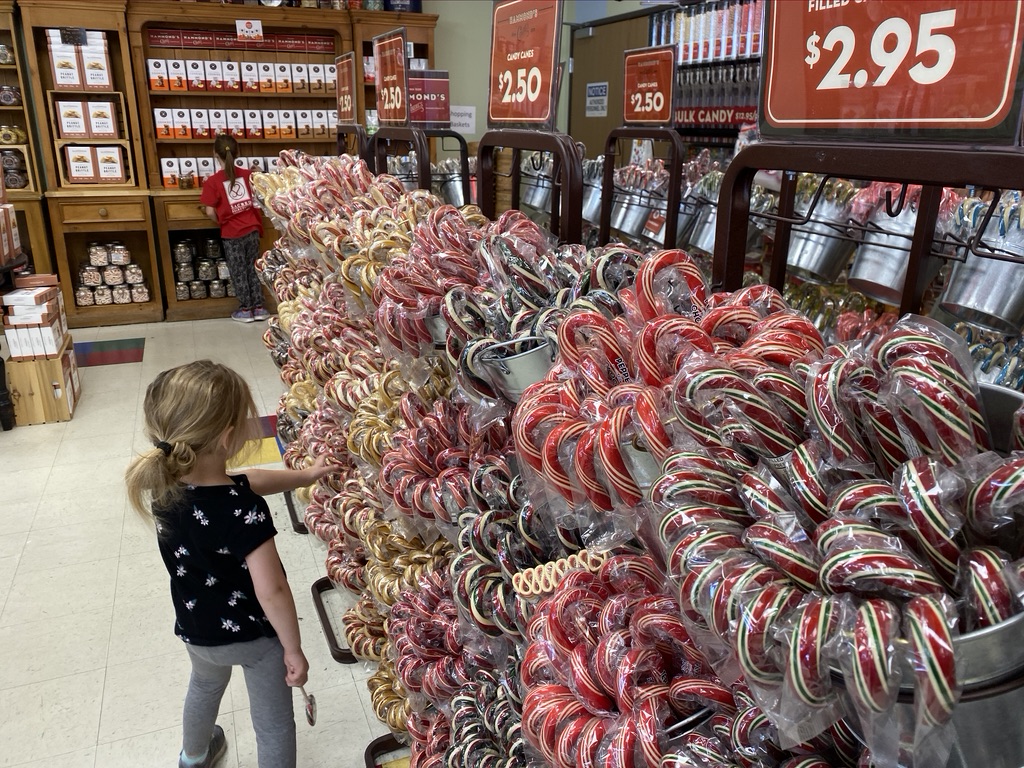
39 Comments
Jane
Thanks for educating us about the history behind the iconic statues of Mt Rushmore. That was a funny story behind the power loss 🙂 I did know that Jefferson was the “author” of the first ice cream recipe in America. Very interesting!
Sara
These pictures really make me want to go visit! Thank you for sharing your experience.
Sara W
You’re welcome. I hope you get to go visit one day.
Jen
I haven’t been there in 20 years, but it was one of the most dazzling, wonderful things I’ve ever seen!
Sara W
I know we just went, but I’d love to go back someday.
Ngozi
Quite a bit of history here. It’s very interesting. Thank for sharing your experience!
Sara W
You’re welcome. Glad you enjoyed it.
Lauren Stepek
This is so beautiful! This is on our bucket list of places to visit! Glad you all had a great time!
Sara W
We enjoyed our trip, but I’d love to go back sometime when everything is open.
Jess
This looks awesome. Definitely a place I’d like to take the kids one of these days!
Sara W
It’s a trip they’d definitely remember!
Jordan
This looks like a great trip. I’ve never been to Mount Rushmore, but would like to visit. Especially after watching National Treasure 2 also! Love that movie.
Sara W
Both National Treasure movies are family favorites for us!
melissa
You got some amazing shots! Very smart to go in the morning as it looked like there were fewer crowds. We haven’t been there yet, but I’m excited to go see it! Thanks for sharing!
Sara W
The morning was definitely a great time to visit.
Pam
I definitely want to visit Mount Rushmore someday – it’s on my list of places to get to for sure!
Sara W
You’ll love it!
Carey
So much history and wonderful pictures. I’m hoping to do a family trip to see Mount Rushmore once the kids are older and can remember the trip.
Sara W
Good idea. It’s definitely a place they’d want to remember visiting.
Lisa Manderino
You got some pretty great shots. We went a few weeks ago and most of Mount Rushmore was closed off. I was super bummed!
Sara W
Oh no! I’m so sorry. That’s a long way to travel to not get to see everything you hoped to see.
Stacey Billingsley
Great pictures! We loved our visit to Mount Rushmore. We visited on the same trip as our Badlands trip, and I still haven’t written about it yet. It’s on my list! I think my daughter was five on that trip. Now she’s ten…
Sara W
Haha! I can relate. I have so many posts waiting to be written.
Missy
I also have not been to Mount Rushmore yet. I am looking forward to visiting soon.
Sara W
Hope you enjoy it when you get to go.
Tricia Snow
I can not believe I have not been to Mount Rushmore yet. Your pictures are making me want to go!
Sara W
It’s definitely a place every American should visit at least once.
Jennifer
Mount Rushmore is an amazing work of art and history. I can’t imagine sitting in one of those Bosun chairs.
Sara W
Yeah there’s no way I could’ve worked in a Bosun chair either!
Barbara
Great read and informative. Thank you!
Sara W
Anytime! Glad you enjoyed it.
Eva Keller
I really hope I get to go here soon. I want to do it as part of a larger road trip and do everything near Mt Rushmore and then the Yellowstone area. I’m not sure how many more months or weeks of good weather there will be but it would be nice to go this year.
Sara W
That sounds like a great trip. We hope to get to visit Yellowstone soon. We’ve never been.
Cindy
I love all the history you included. So funny about the women doing their laundry on Mondays!
Sara W
I’d love to just do laundry on Mondays! I do laundry every day.
Cindy Mailhot
Did you get to see the park ranger that sand all of the verses of the Star Spangled Banner? She did a moving rendition and I had no idea how many verses there were.
Sara W
No! We didn’t get to see that, and now I’m bummed. That would’ve been so neat. I didn’t know there were other verses to the Star Spangled Banner. This just shows that people can have all kinds of different experiences at the same travel destination!
kmf
We loved our family getaway to the Black Hills and Mount Rushmore. Great tips.
Sara W
It was such a beautiful area to visit.